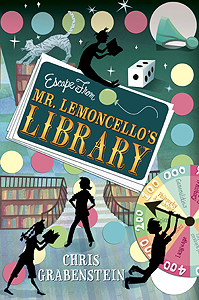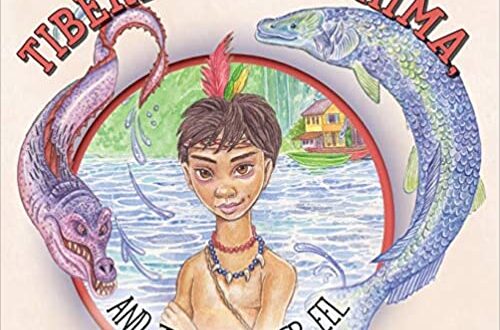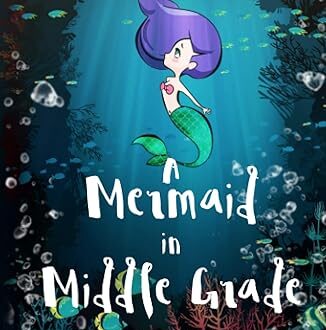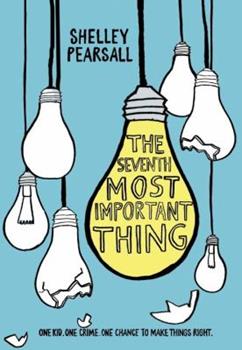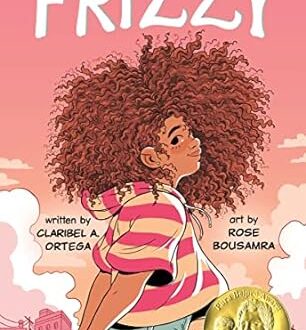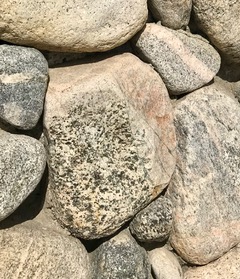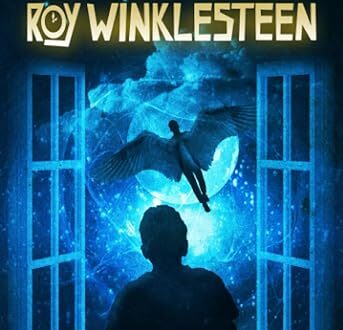-
Escape From Mr. Lemoncello’s Library
For readers 8 – 12. The author is Chris Grabenstein.
Mr. Lemoncello is a billionaire, who made his fortune from the creation of whacky and creative games, and he couldn’t have done any of it without his local library. When the library is turned into a parking garage, he funds a new library, which takes 12 years to build.
Escape from Mr. Lemoncello’s Library, by Chris Grabenstein, is the story of an eccentric billionaire named Luigi Lemoncello and his plan to share his love of libraries with the children of Alexandriaville. Mr. Lemoncello gives a great deal of money to have the former Gold Leaf Bank renovated as the town’s new library.
When Kyle learns that the world’s most famous game maker has designed the town’s new library and is having an invitation-only lock-in on the first night, he is determined to be there. But the tricky part isn’t getting into the library – it’s getting out. Kyle’s going to need all his smarts, because a good roll of the dice or lucky draw of the cards is not enough to win in Mr. Lemoncello’s library.
Twelve-year-old Kyle Keeley is obsessed with the board games of Mr. Luigi L. Lemoncello, the world’s most renowned game maker. Big news hits his town when Mr. Lemoncello transforms Alexandriaville, Ohio’s old bank into a state-of-the-art, into a technologically advanced library, and he’s holding an essay contest where twelve students from the middle school can spend one night in a lock-in before the library’s opening. Although Kyle misses the essay deadline, he rewrites his essay to email it to Mr. Lemoncello despite a reply that the sending had been unsuccessful. But Kyle’s knowledge of games and his friends’ knowledge of books and libraries are put to the test when they have to play the biggest game yet; having to escape from the library using only their wits and the clues scattered around the library’s different sections.
-
The Seventh Most Important Thing
Here’s a great book for kids 8-12. The author is Shelley Pearsall
This story of anger and art, loss and redemption will appeal to fans of Lisa Graff’s Lost in the Sun and Vince Vawter’s Paperboy.
Arthur T. Owens grabbed a brick and hurled it at the trash picker. Arthur had his reasons, and the brick hit the Junk Man in the arm, not the head. But none of that matters to the judge-he is ready to send Arthur to juvie forever. Amazingly, it’s the Junk Man himself who offers an alternative-120 hours of community service . . . working for him.
Arthur is given a rickety shopping cart and a list of the Seven Most Important Things- glass bottles, foil, cardboard, pieces of wood, light bulbs, coffee cans, and mirrors. He can’t believe it-is he really supposed to rummage through people’s trash? But it isn’t long before Arthur realizes there’s more to the Junk Man than meets the eye, and the “trash” he’s collecting is being transformed into something more precious than anyone could imagine. . . . Inspired by the work of folk artist James Hampton, author Shelley Pearsall has crafted an affecting and redemptive novel about discovering what shines within us all, even when life seems full of darkness.
-
Rocks
Rocks. They are everywhere. Very, very small ones that make up pebbles and dirt. Medium-sized ones that fit in your hand. Big rocks a stonemason can make walls out of. And huge rocks, like boulders and whole mountains.
Geologists are scientists who study the earth (geo), including volcanos, earthquakes, and rocks.
According to them, all rocks fall into three categories. These categories are igneous, metamorphic, and sedimentary. These are three words I think are fun to say. And here are their definitions:
Igneous rocks are formed inside volcanos. The heat is so intense, rock melts and starts to ooze and flow out of the top of these volcanos. Once they are out, they start to cool off and harden. Igneous rocks are the cooled and solidified result.
Metamorphic rocks are igneous rocks that start to change under pressure, heat, and sometimes chemical processes, usually while they are buried deep under the Earth’s surface. They alter or change from simple harden, molten rocks.
The third kind of rock is called sedimentary. The earth is changing all the time. It rains, it snows and freezes, winds blow, and earthquakes shake things up. All this activity affects the rocks and dirt. Rain pounds down on mountains and huge rocks are loosened, small rocks are sent tumbling, and small bits of sand and dirt get washed down rivers into the ocean where it settles to the bottom. After millions of years of layers and layers of dirt and rocks pressing down change the composition of the dirt. It gets pressed into a new kind of rock—sedimentary, which means it is made from sediments, or leftover bits of rocks.
Look around when you are outside. Can you spot each different kind of rock? I found these three in the wall outside my house.

